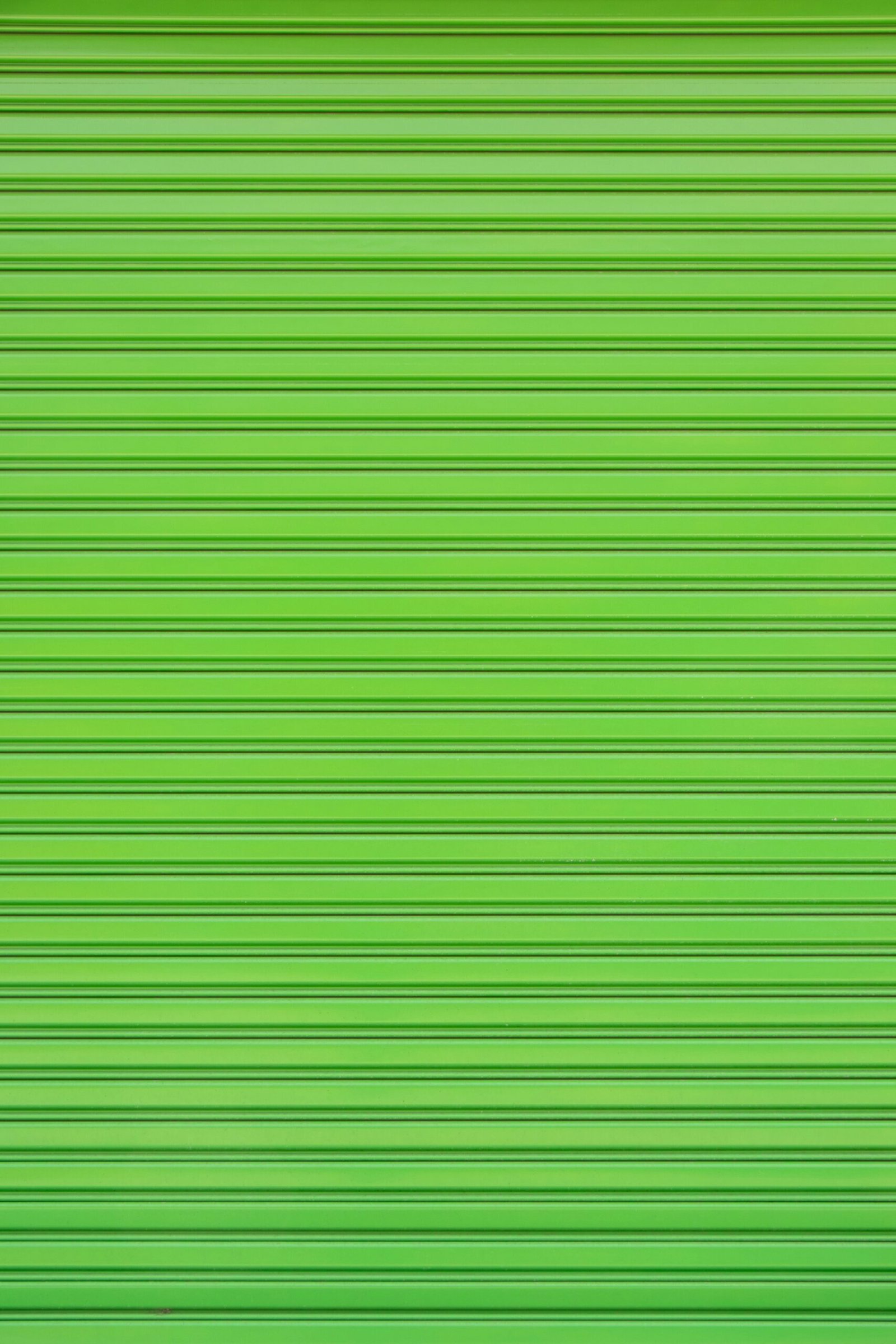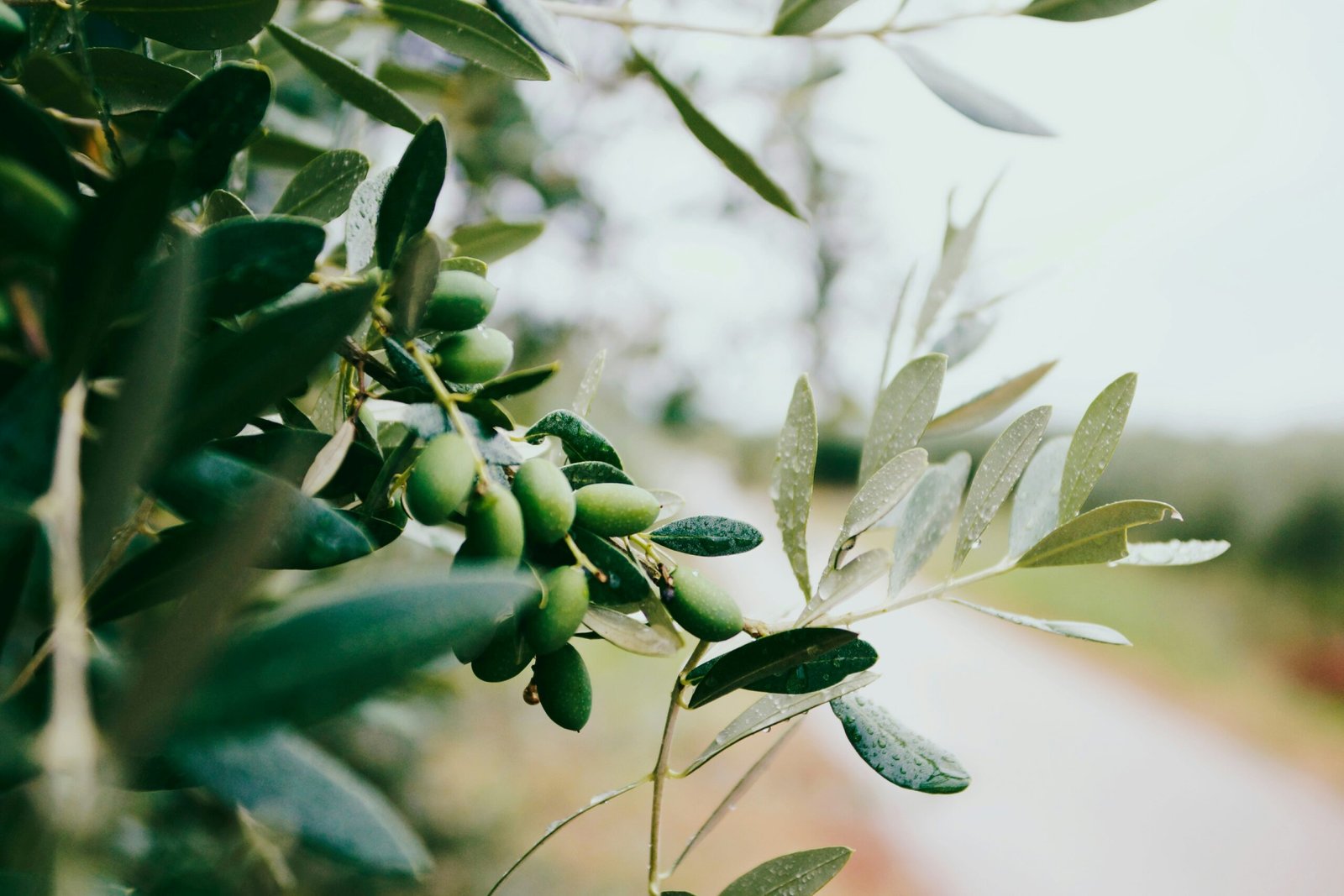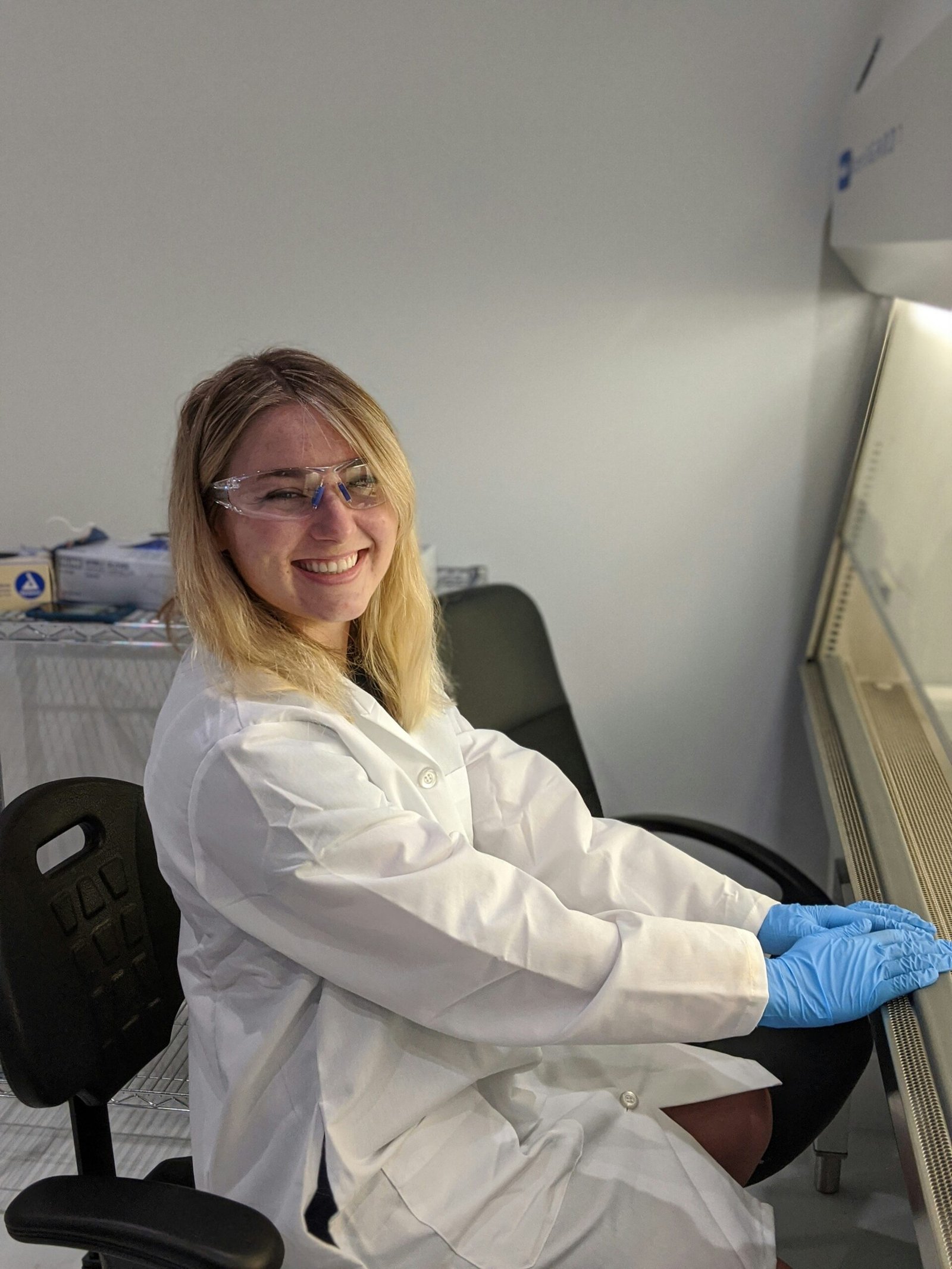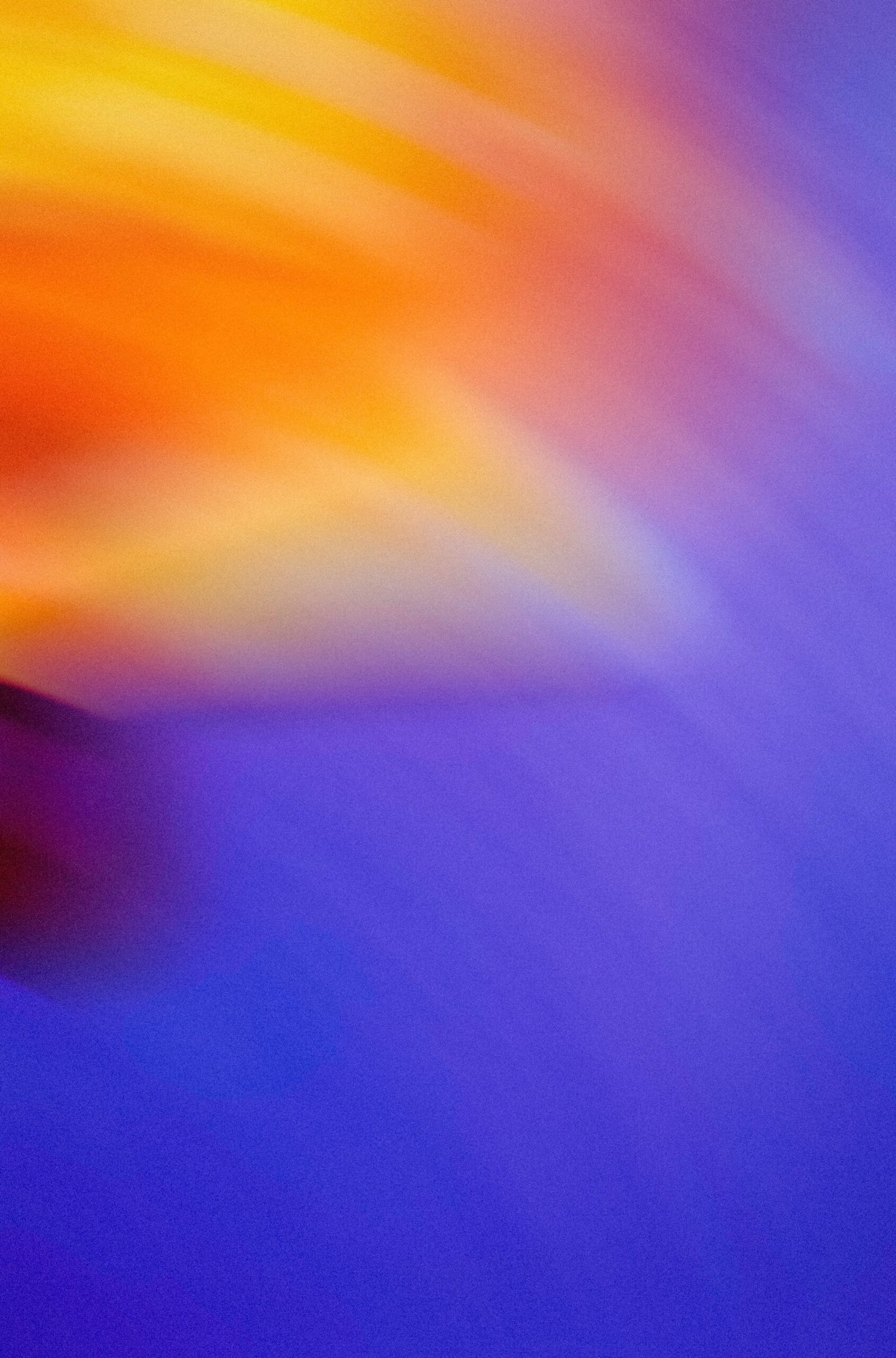Introduction to MS Medium
Murashige and Skoog (MS) medium is a widely recognized nutrient medium used for plant tissue culture. Its carefully formulated composition supports optimal plant growth and development. The MS medium consists of macronutrients, micronutrients, vitamins, and other supplements that create an ideal environment for various plant tissues.
Macronutrients in MS Medium
The primary macronutrients in MS medium include essential components like ammonium nitrate (NH₄NO₃), potassium nitrate (KNO₃), calcium chloride (CaCl₂.2H₂O), magnesium sulfate (MgSO₄.7H₂O), and potassium phosphate monobasic (KH₂PO₄). For instance, ammonium nitrate is used at a concentration of 1650 mg/l, providing a robust nitrogen source, while potassium nitrate at 1900 mg/l ensures adequate potassium levels necessary for plant growth.
Micronutrients and Vitamins
Micronutrients required in smaller amounts and play a crucial role in plant growth and metabolism. MS medium contains boric acid ( BA), manganese sulfate, and iron sources like ferrous sulfate, among others. For vitamins, thiamine-HCl and myo-inositol are essential for promoting optimal growth, with thiamine available at 0.1 mg/l and myo-inositol at 100 mg/l. Additionally, a carbon source such as sucrose (30 g/l) and agar (7-8 g/l) as a gelling agent helps in solidifying the medium.
By understanding these components and their concentrations, researchers and horticulturists can optimize plant tissue culture procedures effectively. The balanced combination of nutrients in MS medium fosters cell division, callus formation, and organogenesis, making it an invaluable tool in plant biology.





